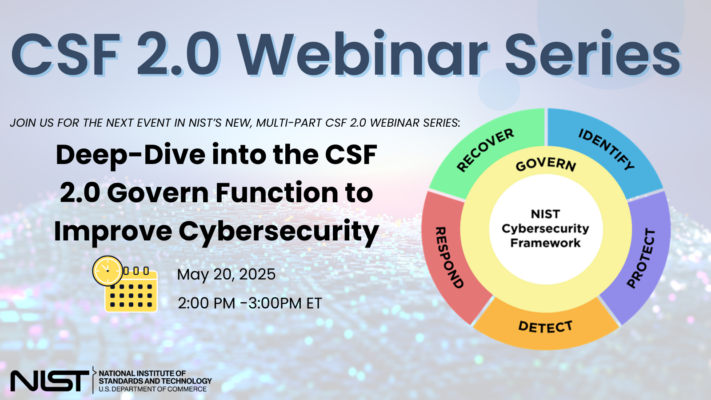1. EXECUTIVE SUMMARY
- CVSS v4 8.5
- ATTENTION: Exploitable remotely/low attack complexity
- Vendor: BrightSign
- Equipment: Brightsign Players
- Vulnerabilities: Execution with Unnecessary Privileges
2. RISK EVALUATION
Successful exploitation of this vulnerability could allow for privilege escalation on the device, easily guessed passwords, or for arbitrary code to be executed on the underlying operating system.
3. TECHNICAL DETAILS
3.1 AFFECTED PRODUCTS
Products using the following versions of BrightSign OS are affected:
- BrightSign OS series 4 players: Versions prior to v8.5.53.1
- BrightSign OS series 5 players: Versions prior to v9.0.166
3.2 VULNERABILITY OVERVIEW
3.2.1 EXECUTION WITH UNNECESSARY PRIVILEGES CWE-250
BrightSign players running BrightSign OS series 4 prior to v8.5.53.1 or series 5 prior to v9.0.166 contain an execution with unnecessary privileges vulnerability, allowing for privilege escalation on the device once code execution has been obtained.
CVE-2025-3925 has been assigned to this vulnerability. A CVSS v3.1 base score of 7.8 has been calculated; the CVSS vector string is (CVSS:3.1/AV:L/AC:L/PR:L/UI:N/S:U/C:H/I:H/A:H).
A CVSS v4 score has also been calculated for CVE-2025-3925. A base score of 8.5 has been calculated; the CVSS vector string is (CVSS:4.0/AV:L/AC:L/AT:N/PR:L/UI:N/VC:H/VI:H/VA:H/SC:N/SI:N/SA:N).
3.3 BACKGROUND
- CRITICAL INFRASTRUCTURE SECTORS: Commercial Facilities, Financial Services, Food and Agriculture, Healthcare and Public Health
- COUNTRIES/AREAS DEPLOYED: Worldwide
- COMPANY HEADQUARTERS LOCATION: United States
3.4 RESEARCHER
Adam Merrill, a member of the Adversarial Modeling and Penetration Testing (AMPT) team at Sandia National Laboratories, reported this vulnerability to CISA.
4. MITIGATIONS
BrightSign fixed CVE-2025-3925 in v8.5.53.1 (for series 4 players) and v9.0.166 (for series 5 players). Both of these have been released and available on the BrightSign download site.
BrightSign recommends the following security practices:
- Change default passwords when the device is initially set up.
- Disable the local DWS as described in “High Security settings”.
- Disable the SSH/telnet server when not being used – it is not enabled by default.
- Devices should be located where an attacker does not have physical access to the device.
- SD and USB ports can be disabled if not needed.
For more information, please contact BrightSign via their website.
CISA recommends users take defensive measures to minimize the risk of exploitation of these vulnerabilities, such as:
- Minimize network exposure for all control system devices and/or systems, ensuring they are not accessible from the Internet.
- Locate control system networks and remote devices behind firewalls and isolating them from business networks.
- When remote access is required, use more secure methods, such as virtual private networks (VPNs), recognizing VPNs may have vulnerabilities and should be updated to the most current version available. Also recognize VPN is only as secure as the connected devices.
CISA reminds organizations to perform proper impact analysis and risk assessment prior to deploying defensive measures.
CISA also provides a section for control systems security recommended practices on the ICS webpage on cisa.gov/ics. Several CISA products detailing cyber defense best practices are available for reading and download, including Improving Industrial Control Systems Cybersecurity with Defense-in-Depth Strategies.
CISA encourages organizations to implement recommended cybersecurity strategies for proactive defense of ICS assets.
Additional mitigation guidance and recommended practices are publicly available on the ICS webpage at cisa.gov/ics in the technical information paper, ICS-TIP-12-146-01B–Targeted Cyber Intrusion Detection and Mitigation Strategies.
Organizations observing suspected malicious activity should follow established internal procedures and report findings to CISA for tracking and correlation against other incidents.
No known public exploitation specifically targeting this vulnerability has been reported to CISA at this time.
5. UPDATE HISTORY
- May 6, 2025: Initial Publication
–
Read More – All CISA Advisories


